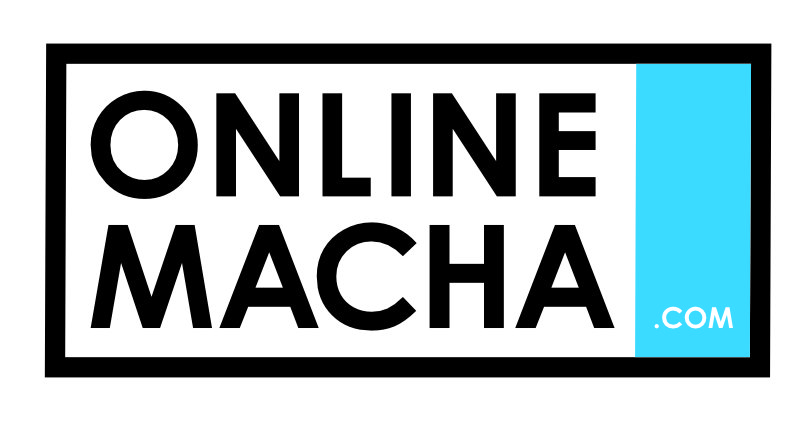In a significant move impacting thousands of students from India, Canada has officially discontinued the Student Direct Stream (SDS) program, a fast-track visa processing route for international students from select countries, including India. This decision, which took effect last Friday, arrives amid a period of heightened diplomatic strain between Canada and India, raising concerns for prospective Indian students aiming to pursue higher education in Canada.
Launched in 2018, the SDS program was created to streamline the student visa process for qualified post-secondary applicants from 14 countries. The streamlined service offered a shortened processing time—often within 20 working days compared to the eight-week timeframe of the standard route—as well as a notably higher approval rate. In 2023, approximately 60% of the 400,000 Indian students applying to study in Canada opted to use the SDS program, benefiting from its efficiency and reliability.
Reports from Canada’s Immigration, Refugees and Citizenship Canada (IRCC) highlight that approval rates for Indian students under the SDS route consistently surpassed 70% in 2023, compared to just 10% for those going through the traditional visa application pathway. In addition to faster processing, the program provided Indian students a higher assurance of acceptance. This discontinuation will now direct applicants to the general study permit route, which is perceived as more rigorous and time-consuming.
Canada’s IRCC explained that this change aims to “strengthen program integrity, address student vulnerability, and ensure fair access” to all applicants. The government cited intentions to maintain equitable access to study permits while enhancing the academic experience for all international students. “Canada is committed to giving all international students equal and fair access to the application process for study permits,” IRCC stated, emphasizing the goal of upholding a fair system.
While prospective students can still submit their applications through the standard study permit process, visa consultants and prospective students alike express concern about how the removal of the SDS option could prolong processing times and reduce the likelihood of approval for some candidates. Gurpreet Singh, a visa consultant in Kapurthala, Punjab, described the change as a major setback for Indian students. “All the students from this area, and most of Punjab, have relied on the SDS route for years,” he noted, underscoring the high dependence on SDS in certain regions.
India remains Canada’s largest source of foreign students, with an estimated 427,000 Indian students currently enrolled in Canadian institutions as of 2023. Other countries that benefited from the SDS program included Antigua and Barbuda, Brazil, China, Colombia, Costa Rica, Morocco, Pakistan, Peru, the Philippines, Senegal, St. Vincent and the Grenadines, Trinidad and Tobago, and Vietnam. Students from these nations will now also be impacted by the end of SDS.
This decision aligns with Canada’s broader immigration policy changes for 2024, which include caps on study permits and more stringent requirements. Amid an ongoing housing crisis and stretched public services, Canada’s immigration policy is becoming more restrictive. Prime Minister Justin Trudeau, in a statement from September, had announced plans to reduce the flow of international students, citing a target reduction in study permit approvals by 35% this year and a further 10% decrease in 2024. He noted that while immigration supports economic growth, Canada’s system must combat exploitation by “bad actors” who may misuse it, potentially compromising international students’ welfare.
In line with these changes, Canada has set a cap of 437,000 new study permits for 2025, covering all educational levels, including postgraduate programs. Other restrictions include stricter language and academic requirements for the Post-Graduation Work Permit (PGWP), limited work permits for spouses of international students, and a reduction in the issuance of multiple-entry visas. These adjustments are expected to influence the ease with which students and their families can enter and exit the country during their academic period.
For many Indian students who rely on the faster processing times and higher approval chances provided by the SDS program, the decision may force them to reconsider Canada as their top study destination. The move raises questions about Canada’s future role as an education hub and highlights the challenges countries face in balancing immigration policies with infrastructure demands.
As Canada tightens its immigration policies, prospective international students from India and other SDS countries are advised to prepare for more complex requirements and extended timelines.





